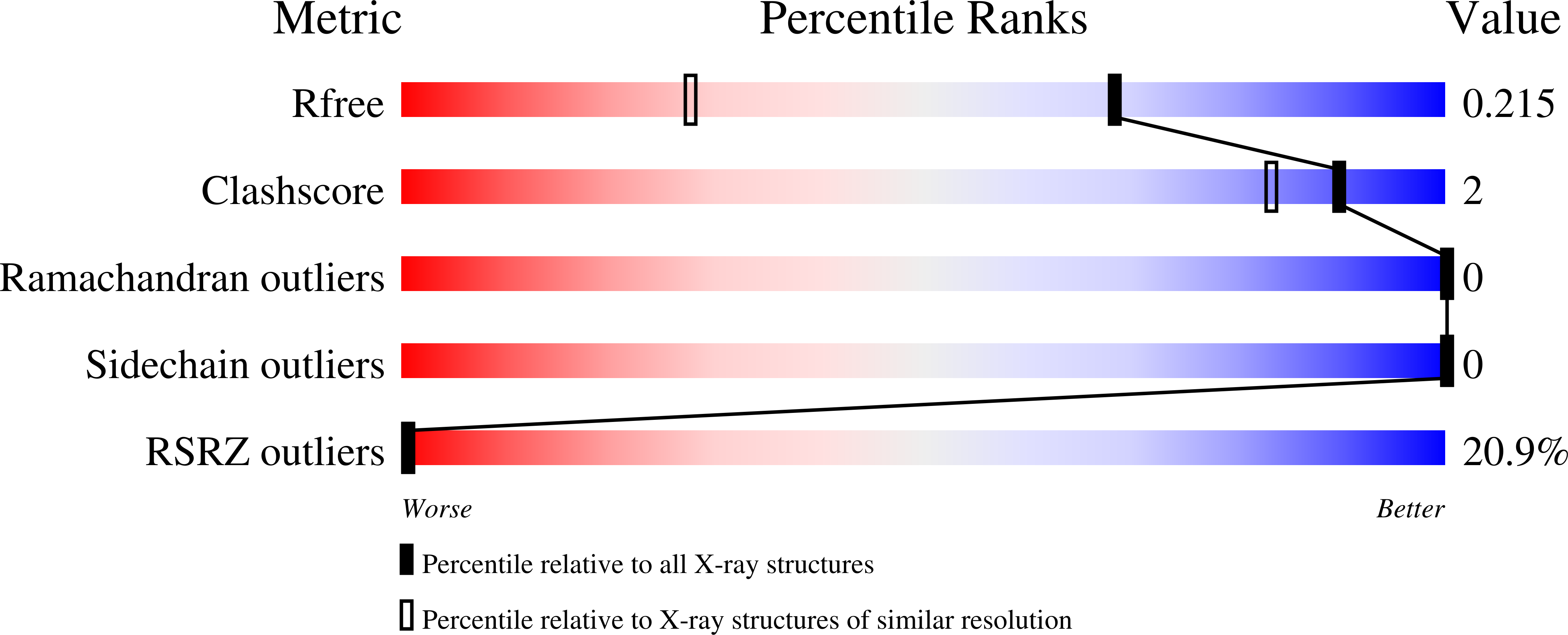
Deposition Date
2019-04-02
Release Date
2019-10-16
Last Version Date
2024-01-24
Method Details:
Experimental Method:
Resolution:
1.52 Å
R-Value Free:
0.21
R-Value Work:
0.18
R-Value Observed:
0.19
Space Group:
P 43 21 2


